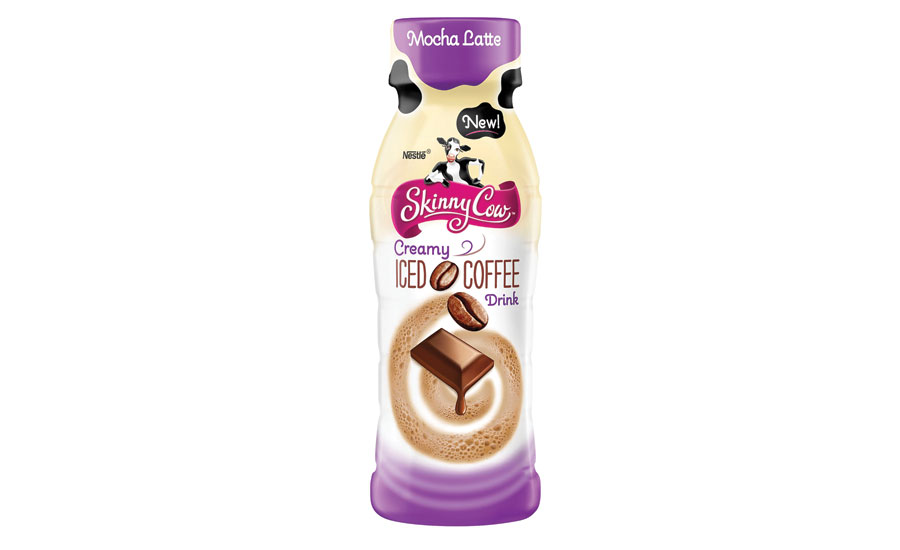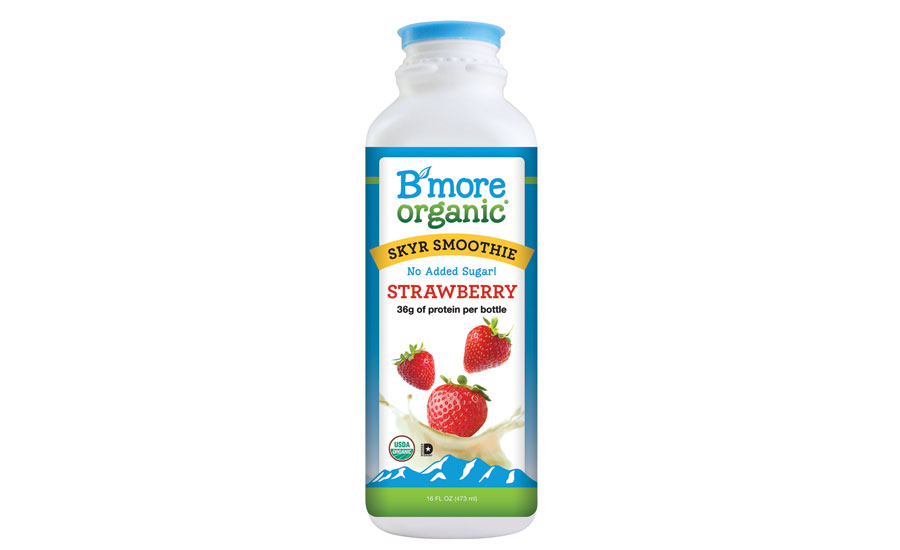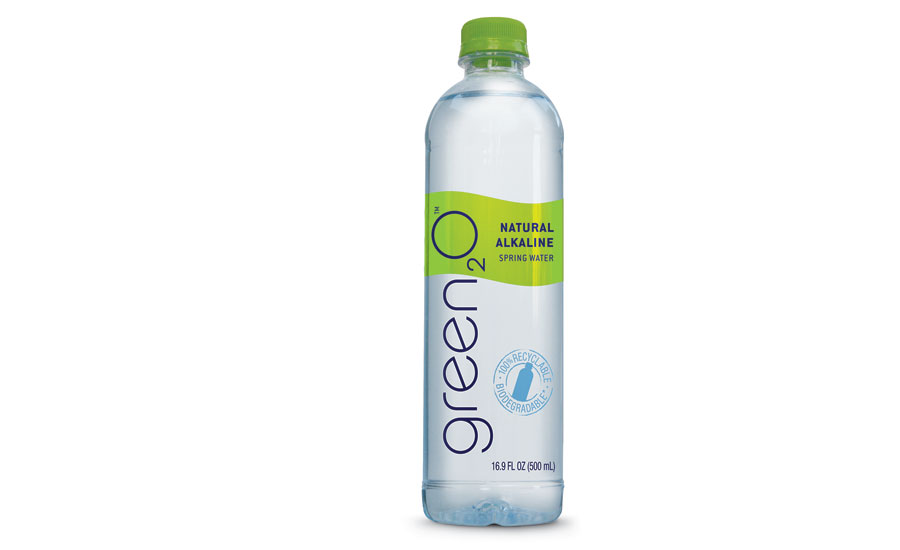On-the-go consumption drives convenience store sales
Convenience stores adapting to health and wellness trends



Convenience stores sit in a unique niche where they are presented with consumers and behaviors not found in any other food or
beverage retail sector. The biggest challenge, yet opportunity, is that 84 percent of items purchased at convenience stores are consumed within the hour of purchase, according to the National Association of Convenience Stores (NACS), Alexandria, Va. Store owners must provide goods that can meet this consumer need in addition to completing those purchases quickly.
Convenience is the biggest commodity sold at convenience stores. 'The average shopping experience is between three to four minutes,' says Jeff Lenard, vice president of strategic industry initiatives for NACS. No other channel has anywhere near that speed of service, the association says.
Interestingly, NACS says this is one of the reasons convenience stores succeed even when the economy is struggling, calling them 'recession resilient.'
As a $213.5 billion industry in 2014, based on NACS data, the convenience market remains steady. 'Convenience stores have been relatively strong over the past year with a 6 percent increase year-over-year in July. They are three times as strong as traditional grocery and drug stores,' says Clay Dodson, senior vice president product management for Information Resources Inc. (IRI), Chicago.
Once a consumer stops for gas, one of the major drivers that gets them into the store is buying a beverage. Contrasting fast food restaurants, which are led by food sales, convenience stores typically are led by beverage sales. 'Beverages account for 20 percent of all sales, or $1 out of every $5 spent at a convenience store,' Dodson says.
NACS' Lenard adds that 35 percent of consumers who stop for gas also visited the convenience store. In fact, only about 20 percent of convenience stores don't have an attached gas station, according to NACS.
Consumers who are buying beverages are more likely to buy a single beverage versus a multipack when shopping in a convenience store. This also leads to the trend of consumer sampling; consumers are more likely to try a new beverage because they can buy a single beverage versus a pack, Lenard explains.
Coffee, tea, bottled water, sports and energy drinks are doing the best with powdered drink mixes struggling, IRI's Dodson says. Iced coffee is up
15 percent over a year ago according to IRI data.
NACS notes that some beverage purchase trends vary by region. New England residents prefer beverage packages versus soda fountains, and Winnipeg, Canada, residents prefer frozen drinks like slushies more than most areas of North America, choosing those over soda fountains. In addition, West Coast convenience stores are challenged by fast food restaurants, which are more saturated in that area of the country, Lenard adds.
Know thy customer
Tobacco still is the No. 1 purchase at convenience stores, but owners have adjusted to the change in clientele. With only 18 percent of the population consuming tobacco versus 50 percent a decade ago, more convenience stores have shifted their sales and marketing to focus on becoming a food and beverage destination.
The key to doing that is to make things exciting for the consumer. 'Add more to the store, add more open air coolers, which are a great way to expand sales,' Lenard says. 'Taking away a door helps a customer say 'yes' to a product.'
Millennial consumers are expecting — and wanting — better-for-you options as well. They want beverages that do more than quench thirst. Beverages that include antioxidants, energy boosts and other secondary functions are in high-demand from these consumers. In fact, items with organic claims are up 15 percent from the previous year, and gluten-free products are up 44 percent from last year, Dodson says.
Simply offering healthy options is not enough, however. Because they are sold at convenience stores, the convenient factor must still be part of the product.
As more health-and-wellness products become available and are in demand, it's important for store owners to know what products are selling well with their client base. 'See where you're located, what you are near,' Lenard says. 'What are your customer demographics? What are they buying? You really have to know what people want. Listen to your suppliers, look at data.'
In addition, owners can't get ahead of their consumers. Consumers might want healthy products in theory, but are they buying them at your store? 'That's one of the challenges,' Lenard says. 'Sometimes [health and wellness] is aspirational. They may say they want it but not actually buy it.'
Shelf space is important real estate, and when store owners put new products on those shelves, old products must be removed. The only way to guarantee success is to look at sales data to make sure they aren't removing a product that drives revenue. 'Hundreds of items enter the marketplace every year so it's important to understand what is driving your business,' Dodson says. 'You can't afford to put new items on the shelf if they are slow-moving products.' This is especially true with fresh products that can go bad.
Freshness of health-and-wellness products is one of the bigger challenges with stocking these items. Because these products typically go bad quicker than other products, store owners have to figure out ways to make sure the products they stock stay fresh, analysts explain.
One of the top healthy products to stock is bottled water. Bottled water accounts for 50 percent of all beverage sales, according to Lenard.
Store owners also are finding the need to offer healthy options as more fast food restaurants offer healthier options. 'Convenience store operators have worked hard to add hot and fresh food offerings to generate a bigger breakfast and lunch baskets,' says Jackie Gray, director for Barrington, Ill.-based Willard Bishop. 'For example, not just coffee and a packaged sweet snack, but coffee and [a] hot breakfast sandwich, which carries a higher margin. However, with the plethora of fresh fast food options, convenience stores will need to focus on fresh food quality to successfully compete.'
To compete, some stores are offering more square footage with tables and chairs like mini cafes. However, store owners need to remember they are in the business of convenience.
'As [stores] grow, they need to make it convenient for those who want convenience,' Lenard says. 'You can have tables and chairs, but you also need to still allow people to leave quickly. Don't necessarily stack more items in the space. Even if you get bigger, you might not want to add more SKUs.'
Data, though, suggests that more consumers are turning to convenience stores for their shopping needs.
According to State College, Pa.-based VideoMining Corp.'s third annual 'Grocery MegaStudy,' shoppers are spending 5 percent less time in supermarkets compared with last year. The sixth annual 'C-Store MegaStudy' found that shoppers' time in convenience stores increased 6 percent from the previous year.
These shifts are in line with the broader national trends surrounding channel blurring and its impact on trip missions, the market research firm reports. To collect the data, VideoMining integrates behavioral data with a range of other data sources, including transaction data and exit interviews, it explained. In the 'C-Store MegaStudy,' for example, this integration showed a correlation between time in store and average dollar basket size, which grew by 9 percent.
VideoMining's standard tracking programs analyzed in-depth data from 14 million shopping trips. In collaboration with top grocery and convenience store retailers, the MegaStudy programs provided detailed analysis of shopper interactions with more than 220 categories, insight into behaviors of key shopper demographics like Hispanics and millennials, and a number of special interest reports.
Engaging shoppers for longer periods can lead to increased basket size in convenience stores, according to Mark Delaney, VideoMining's senior vice president of retail. Identifying the factors driving these increases and which levers can be pulled to maximize the value of longer in-store visits is the key for manufacturers and retailers, VideoMining reported.
'Convincing time-starved shoppers to spend more time is a challenge that the convenience channel seems up for,' Delaney said in a statement. 'One key is ensuring they have the right assortment to satisfy shoppers who are increasingly concerned about healthy eating and expecting tailored offerings by time of day. Our MegaStudy provides the next-level insights to understand what's actually happening at the shelf and helps retailers and manufacturers crack the code for increasing sales.'
From the gas pump to the door
According to NACS, 69 percent of total convenience store sales were motor fuels, but these only accounted for 39.5 percent of profit dollars. To entice the fuel customer to walk to the store and make in-store purchases, store owners are implementing loyalty programs.
7-Eleven has its 7Rewards program operated on its smartphone app. Users scan their 7Rewards barcode at the register every time they buy a drink. After six cups, customers receive the seventh cup free; it doesn't matter the size of the cup or type of beverage. The 7Rewards program also entices consumers to visit the store on the weekend, during non-rush-hour times for free items.
Speedway has its Speedy Rewards program in which consumers earn points with their purchases and can redeem points for free items. This program is operated with a Speedy Rewards card or smartphone app.
Pump topper advertising is another way to promote new offerings or popular purchases. In addition, a clean gas pump area and store are important, Lenard says. 'Female customers are less likely to visit your store if it's not clean and well-lit.'
Strong forecast
The convenience store market will only continue to grow, especially for the stores that stick with the convenience model and add in health-and-wellness options. 'The U.S. has a real consumer mentality so convenience makes sense,' Dodson says. '[The] beverage channel will continue to show strong growth and activity in the future.'
Juice Beverage Hot Filling Machine Monoblock (RCGF18-18-6)
http://www.sunstarmachine.com/html_products/Juice-Beverage-Hot-Filling-Machine-Monoblock-(RCGF18-18-6)-451.html
Milk Filling And Aluminium Foil Sealing Machine 2in1
http://www.sunstarmachine.com/html_products/Milk-Filling-And-Aluminium-Foil-Sealing-Machine-2in1-448.html
Automatic Juice Drink Rinser Filler Capper Unit(RCGF16-12-6)
http://www.sunstarmachine.com/html_products/Automatic-Juice-Drink-Rinser-Filler-Capper-Unit(RCGF16-12-6)-450.html
High Output Water Bottling Line(CGF50-50-12)
http://www.sunstarmachine.com/html_products/High-Output-Water-Bottling-Line(CGF50-50-12)-428.html









